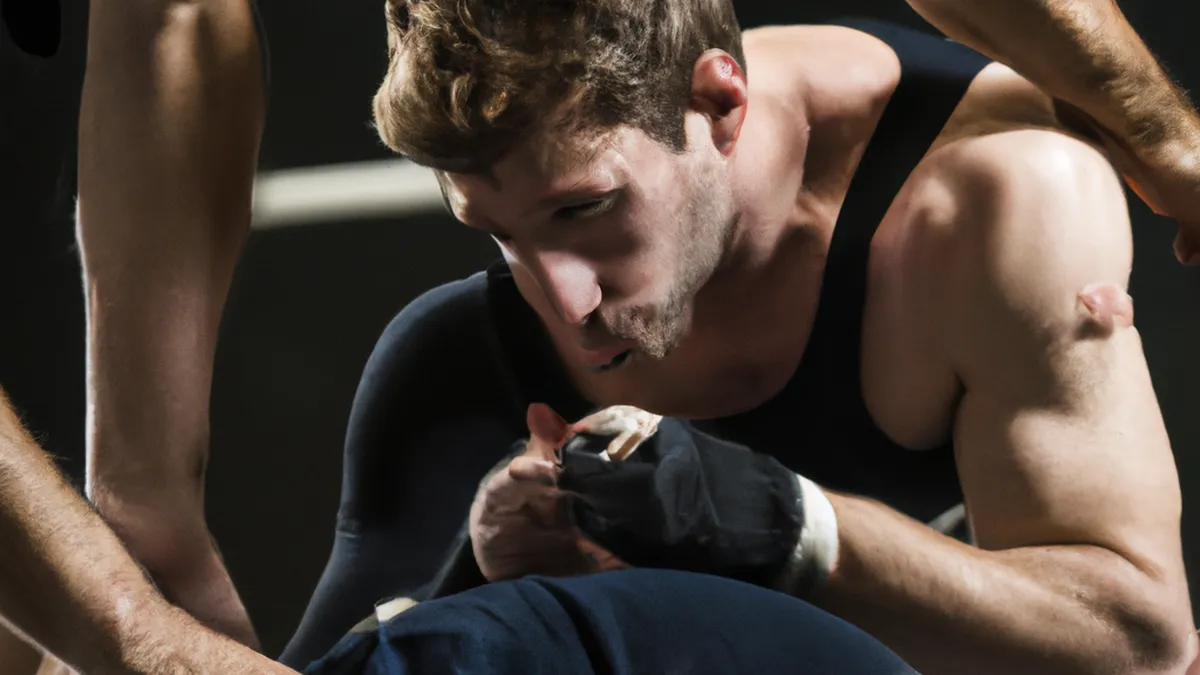Wrestling Shoulder Rehab: 3 Key Phases
Designing a Rehab Program for Wrestlers with Shoulder InjuriesWrestling demands strength, agility, and technique. Intense competition and training often cause shoulder injuries. Common issues include rotator cuff tears, dislocations, and tendonitis. These injuries typically arise from overuse, falls, or improper techniques. An effective rehabilitation program helps wrestlers recover and return to the mat safely. This blog discusses creating a comprehensive rehab program tailored for wrestlers with shoulder injuries.
As an Amazon Associate I earn from qualifying purchases.
Gear tip: consider compression sleeves, compression socks, and mini shaker to support this topic.
Understanding Shoulder Injuries in Wrestlers
Shoulder injuries significantly impact a wrestler’s performance and career. The shoulder joint relies on coordinated muscles, tendons, and ligaments. Wrestling’s physical demands can cause pain, decreased range of motion, and muscle weakness. Understanding the injury’s type and severity is essential for crafting an effective rehab program.
Common Types of Shoulder Injuries:
1. **Rotator Cuff Tears**: This injury involves muscles and tendons stabilizing the shoulder joint. Repetitive overhead movements or trauma often cause it.2. **Shoulder Dislocations**: Falls or awkward landings often cause dislocations. These injuries can stretch or tear ligaments, leading to instability.3. **Tendonitis**: Overuse can inflame shoulder tendons, especially in athletes performing repetitive motions.
Key Components of a Rehab Program
Assessment and Diagnosis
Before starting rehabilitation, undergo a thorough assessment. A qualified healthcare professional should diagnose the specific shoulder issue. This assessment includes physical exams, imaging studies (like MRIs or X-rays), and functional tests to evaluate strength and range of motion. Understanding the injury’s nature and severity guides the rehab program design.
Setting Goals
Establish clear, achievable goals for the rehab process. Goals can focus on pain reduction, improving range of motion, or rebuilding strength. Set both short-term and long-term objectives to keep athletes motivated. For example, a short-term goal might be achieving pain-free range of motion within two weeks. A long-term goal could involve returning to full competitive training within three months. Regularly review and adjust these goals based on the athlete’s progress.
Phased Approach
A phased approach is critical in rehabilitation. Divide the program into distinct stages to target the athlete’s recovery needs. Typically, these stages include:1. **Acute Phase**: Focus on reducing pain and inflammation. This phase often involves rest.
Conclusion
In summary, effective rehabilitation programs help wrestlers recover from shoulder injuries. Understanding the injury type and setting achievable goals are vital steps.
Below are related products based on this post:
FAQ
What are the common types of shoulder injuries in wrestlers?
Common shoulder injuries in wrestlers include rotator cuff tears, shoulder dislocations, and tendonitis. These injuries often result from the physical demands of wrestling, such as overuse, falls, or improper techniques. Understanding these injuries is crucial for developing an effective rehabilitation program.
Why is assessment important before starting rehabilitation?
A thorough assessment is essential to accurately diagnose the specific shoulder issue. This process typically includes physical exams, imaging studies, and functional tests to evaluate strength and range of motion. Knowing the nature and severity of the injury helps guide the design of the rehab program.
What goals should be set during a rehabilitation program?
Goals for a rehabilitation program should be clear and achievable, focusing on aspects like pain reduction, improved range of motion, and rebuilding strength. Setting both short-term and long-term objectives keeps athletes motivated and allows for regular progress reviews and adjustments as needed.















Post Comment